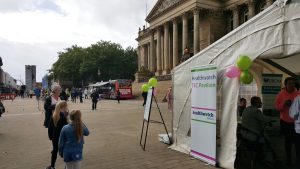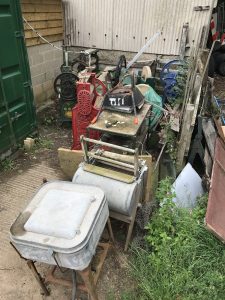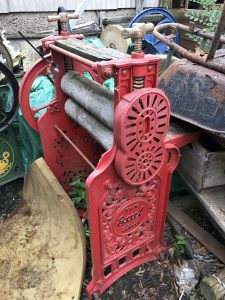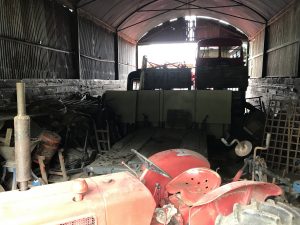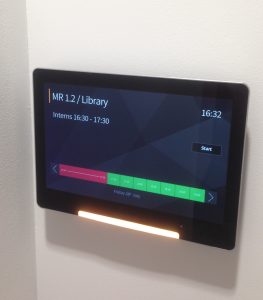Mid-internship here at Surfers Against Sewage
Following a long, hard but very enjoyable weekend working with the team at Boardmasters festival, I am now back in the office.
Being the chosen sponsored charity at the site gave us a huge advantage, in that artists would promote our movements, whilst videos and artwork such as a boat created from plastic bottles purely sourced from UK beach cleans were displayed at the festivals most popular locations.
I was very much involved with community engagement regarding the new campaign ‘Wasteland’, and informing the public on how to reduce their individual plastic footprint. Working closely with regional Reps from across the country gave me the opportunity to understand more about the problems they also faced with respect to marine pollution in different areas such as Scotland, Southampton and Essex; the experience has very much inspired me to become a regional Rep once the internship finishes.
My next task will be to work out how to re-map the online nationwide maps to smaller scale regional maps, in a user-friendly format which is also geographically accurate. Having 9 regional areas across the UK, this will be a task that may take a number of days to complete. I want to apply my GIS skills in order to create a more interactive map experience, whereby lines join up Reps across regions, with different colours or line thicknesses could portray especially strong relationships between certain Reps. Perhaps introducing small photos of each rep could create more of a personal map, and some information about each Rep to accommodate this would improve the currently rather dull maps.
Will update on my final post!
